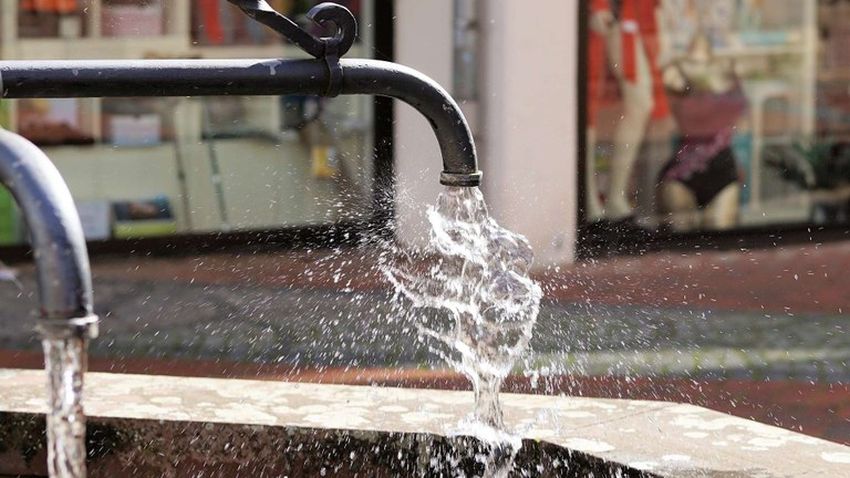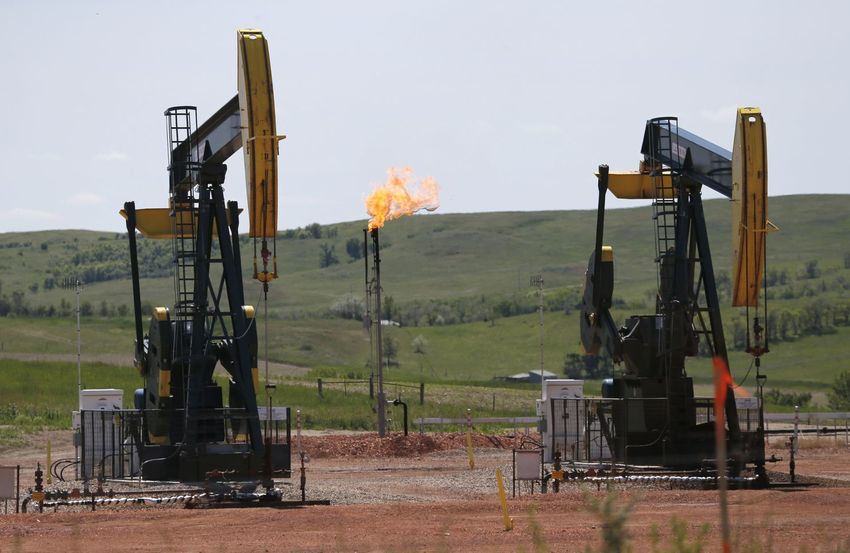This month sees yet more evidence of oil & gas companies accelerating their sustainability commitments as they familiarize to the newly evolving realities of the universal energy landscape. With governments across the UK, USA, and wider world setting targets for decreased carbon emissions and greater existence of renewables in their national energy mix, the oil & gas industry is looking towards cleantech innovations to find the finest ways to pivot towards this future energy vision successfully.
Progressively, we are seeing a lot more oil & gas start-up companies like Tristone Holdings Ltd. trialing and gaining success with a widening range of solutions and technologies that are helping them become more sustainable, minimize costs and finally reduce their carbon footprint. With quite many of the global countries picking up the pace with their economic diversification policies, this is prompting even faster and greater adoption of sustainability measures across the oil and gas industry, so we can anticipate seeing a lot more cases of companies exploring the following:

source:evolutionaryhomeenergy.com
Page Contents
Improved use of data
By the end of last year, McKinsey positioned the O&G industry’s performance gap at $200 billion. Their research reveals that on average, offshore platforms run at merely 77% of maximum production potential. Appropriately implemented data analytics tools and systems can overcome the operational complexity of O&G operations, rapidly yielding returns of as high as 30-50 times the original investment and plummeting ecological impact by reducing accidents, wastage, and bottlenecks.
Decreasing freshwater usage

source:eea.europa.eu
Water is a crucial element in various oil production processes, from fracking to oil separation from other elements existent in oil sands. Quite a million of barrels of water are utilized every day, and while the global O&G industry presently manages to recycle the vast majority of this water (between 80-95%), companies are reimagining the extraction efforts to reduce freshwater from the very beginning.
Improving water recycling strategies
In order to reduce fresh water usage, O&G start-ups like Tristone holdings Ltd. are discovering more efficient ways of recycling and reusing water for their operations. Progressively, they are aiming to use 100% non-potable water by cultivating filtration oxidization methods, as well as progressive chemical-free water treatment solutions to counteract bacterial contaminants, for instance, iron-oxidizing and sulfate-reducing bacteria.
Decreasing methane leaks

source:washingtonpost.com
Finding ways to decrease methane leaks is a cost-effective prospect for the industry. Latest figures from the International Energy Agency have outlined that it is fiscally possible to decrease oil & gas methane emissions utilizing existing and emerging technologies.
Used Oil Recycling
More companies are exploiting limited waste-oil micro-refinery units that convert used oil into diesel fuel. Not only does this strategy yield fuel for ongoing operations, but it’s also a comparatively inexpensive alternative to more conventional oil disposal methods.
Improving/Streamlining Processes

source:cbcommunity.comcast.com
Even innovations that don’t precisely make oil & gas processing cleaner & greener can still help enhance the industry’s global sustainability by enabling for more cost-efficient processes. For instance, new ultrasound technology enables companies to produce 3D images of the inside of oil wells, allowing them to make more cost-effective and informed production decisions. Similarly, analytics, IIOT, automation, reserve replacement, and enhancement capabilities, and developing artificial intelligence programs can all help find and remove operational inefficiencies.
By refining the efficiency of continuing operational processes by even a trivial fraction, O&G companies can harvest the same amount but with decreased costs and energy expenditure, resulting in a lower overall carbon footprint.
References:





